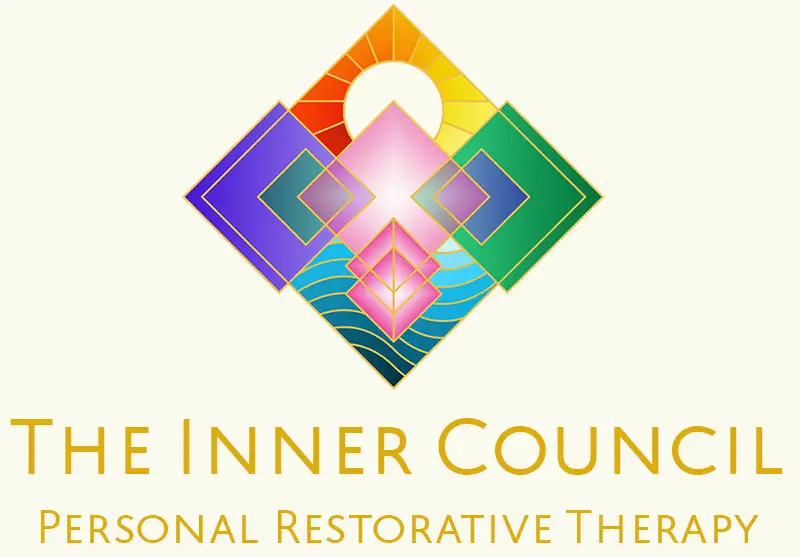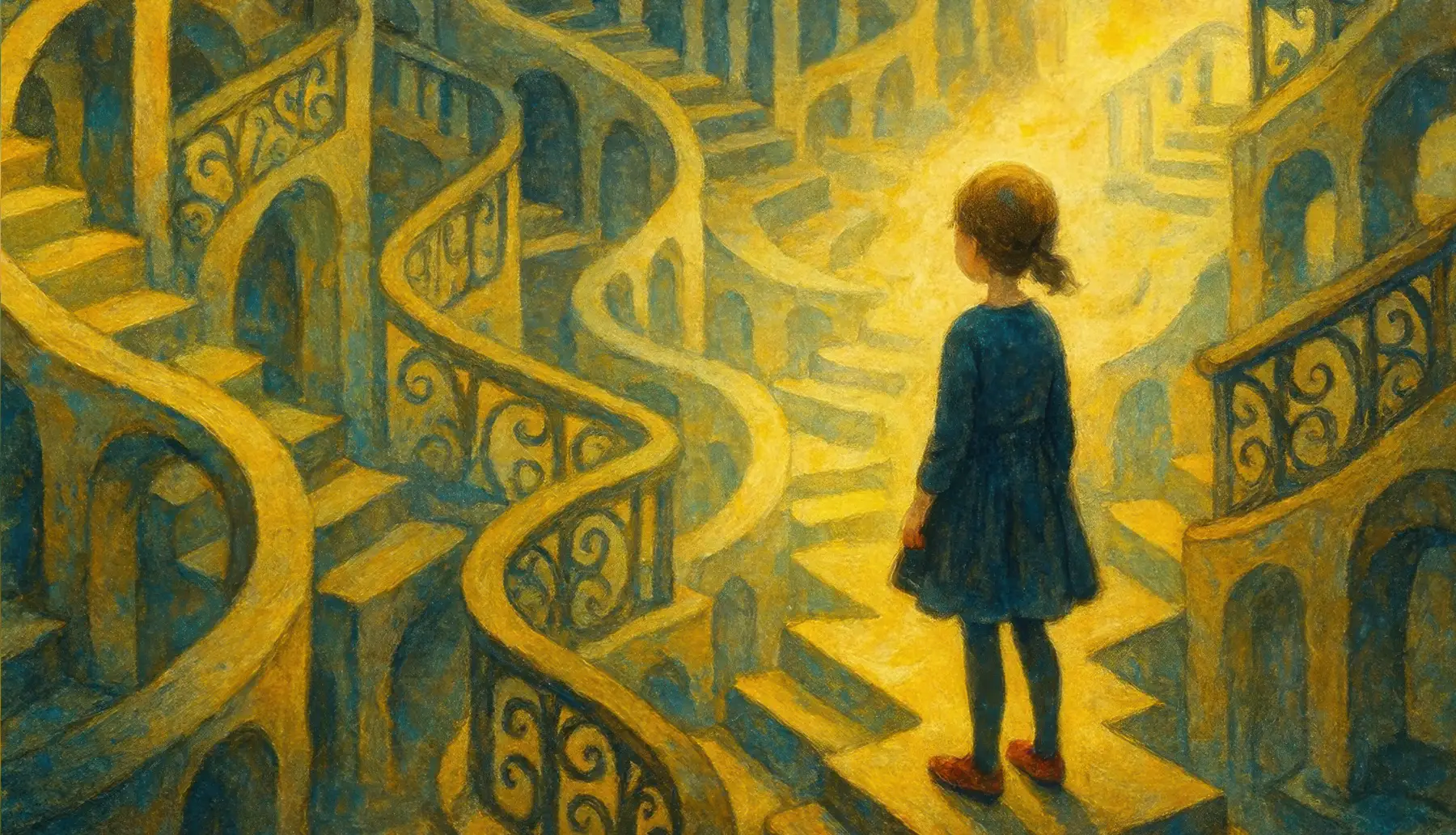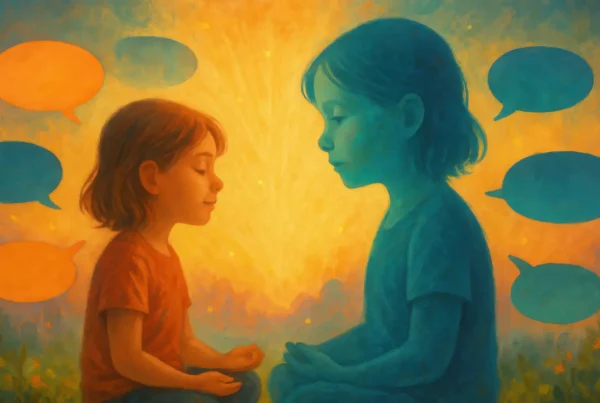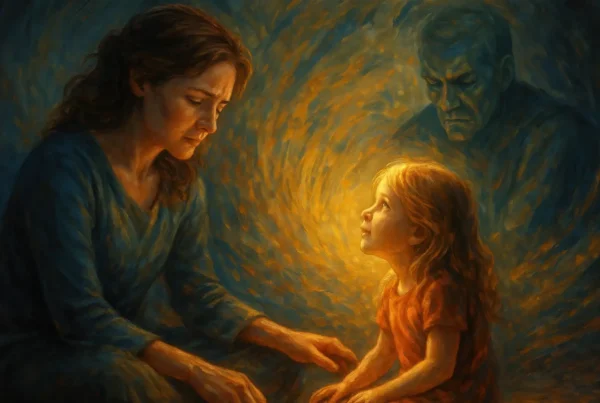BOOK YOUR WORKSHOP TODAY
All posts published here are presented as casual conversation pieces to provoke thought in some direction or another, they do not necessarily represent fixed opinions of the Inner Council, as our work exists beyond the spectrum of bound statement and singular clause.
Guilt is paralysis for personal spiritual growth.
Guilt is an energetic emotion that weaves through generations and cauterises the expressive functions required for full life and creativity. As such, guilt can be weaponised, devastating the soul’s journey. Usually we think of behavioural conditioning and triggers as episodes, only re-occurring when circumstances have resurfaced, but the fate of guilt can compromise our sense of safety on a permanent basis. We may wake each morning feeling that today we need to stay away from activities that may raise negative judgement in others, as the program is designed to keep us in fear.
The reason why our sense of safety is so important can come from understanding cell-biology. There are two external behaviours observed overall in a single biological cell, it can attract towards or repel against, but not both at the same time. As such, we can be in retracted survival mode, or we can express ourselves outwardly with confidence. The perception that we carry of our environment, our belief of what’s out there, will determine the level that we can live healthy.
See Why Zebras Don’t Get Ulcers: The Acclaimed Guide to Stress, Stress-Related Diseases, and Coping by Robert M Sapolsky. Along with his fascinating biographical history A Primate’s Memoir: A Neuroscientist’s Unconventional Life Among the Baboon.
For reasons undisclosed, we live in a culture that inoculates human potential with a sense of wrong-doing. The English language especially, as many other languages use a much less loaded word culpable instead of guilt or guilty. We put much energy of the present into worrying about what we’ve done in the past that we aim greatly to avoid conflict, speak in falsehoods to everyone in our lives for fear of upsetting someone and feeling further guilt, and over-excusing ourselves with a life built around justifications and excuses. We can also fall into a deep helper-syndrome where our life mission is to seek positive approval of others—dominating our primary motivation and tainting our every neurotic thought from morning to evening.
Let’s consider that It took James Joyce 12 years to publish his book Dubliners. His purpose was to expose the paralysis of guilt that was devastating a culture and a country. He said it was the looking glass that society needed to look into in order to release their guilt.
Guilt is not merely a concern with the past; it is a present-moment immobilization about a past event. And the degree of immobilization can run from mild upset to severe depression. If you are simply learning from your past, and vowing to avoid the repetition of some specific behavior, this is not guilt. You experience guilt only when you are prevented from taking action now as a result of having behaved in a certain way previously. – Wayne W. Dyer
The Inner Child's role
As part of Inner Council therapy we side-step our behavioural system to observe from an objective viewpoint what is happening and where the programming originated. With this knowledge we can neutralise the conditioning and recognise the impact that guilt played within our lives. Unlike other forms of therapy, the Inner Child reveals parts to us, clues that we can put together to form the picture of integration, only when we are enthused and ready for such revelation. This work is both prompted and progressed by the subconscious when the level of responsibility and trust allows us to accept the next chapter of the narrative.
In almost every area of re-framing and self-considering through deep regression, we clean one layer of the grim which blocks the clarity of our sovereignty. Guilt is always a transitory state of being and is present until we investigate our surroundings. We know deep down that there is more, a different story, and that’s the beautiful narrative that’s awaiting you. Now we know that our inner child is there, waiting for us to connect and provide her with what she needs, the rest will unfold and flow. It does require action on your part; an open, willing heart and trust that you are the best person to take care of her.
Daily Inner Child guilt release practice
Objective: To gently observe, release, and reframe guilt, while strengthening your relationship with your Inner Child.
Step 1: Grounding (1–2 minutes)
- Sit comfortably and close your eyes.
- Take 5 slow, deep breaths, feeling your body settle into the chair or floor.
- Imagine roots growing from your feet into the earth, connecting you to stability and safety.
Step 2: Visualize Your Inner Child (1–2 minutes)
- Picture your Inner Child in front of you, noticing their age, posture, and facial expression.
- Observe any signs of worry, shame, or guilt they may carry.
- Take a moment to feel empathy and compassion for them.
Step 3: Dialogue with Compassion (2–3 minutes)
- Ask your Inner Child:
- “What are you feeling guilty about?”
- “What do you need to feel safe and free?”
- Respond kindly, offering reassurance:
- “It’s okay, you are safe now.”
- “You did the best you could at the time.”
- “You are loved and worthy exactly as you are.”
Step 4: Release and Reframe (2 minutes)
- Imagine the guilt as a dark cloud, heavy weight, or chain.
- Slowly release it with each exhale, imagining it dissolving or floating away.
- Replace it with a warm light, joy, or freedom filling your Inner Child.
- Invite your Inner Child to breathe in this new energy, feeling lighter and more empowered.
Step 5: Integration and Commitment (1–2 minutes)
- Hold your Inner Child close or link hands, acknowledging their courage.
- Reflect on what lessons the guilt brought without letting it immobilize you.
- Affirm together:
- “We are free to act in the present with love and clarity.”
- “We are learning, growing, and safe to be ourselves.”
Optional Step 6: Journaling
- After the exercise, write down any insights, emotions, or messages from your Inner Child.
- Note patterns of guilt and small victories in releasing them over time.
Click here for more Inner Child Exercises.
Visit our Inner Child Workshop page to find out more.





